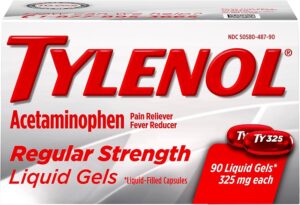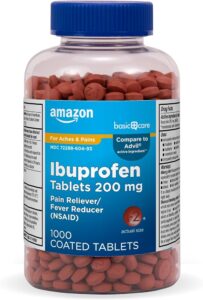How Painful is a Facelift?
Undergoing a facelift is a significant step toward rejuvenating your appearance, but like any surgical procedure, it comes with some level of discomfort during the recovery process. Managing pain effectively after a facelift is crucial for a smooth recovery and overall well-being. In this blog, we’ll explore how Dr. Saxon helps prevent severe pain after a facelift, effective pain management strategies, and when to reach out for additional support.
Preventing Severe Pain with Nerve Blocks
Dr. Saxon prioritizes patient comfort by performing nerve blocks in the face and neck using long-acting local anesthetics. This approach has been shown to significantly reduce postoperative pain, making the recovery process much more manageable.
What Are Nerve Blocks?
Nerve blocks involve the injection of a local anesthetic near specific nerves to prevent pain signals from reaching the brain. In the context of a facelift, these nerve blocks target the sensory nerves responsible for the areas where incisions and tissue manipulation occur. The use of long-acting anesthetics, such as bupivacaine, provides extended pain relief, often lasting up to 24 hours or more after surgery.
Evidence Supporting Nerve Blocks
A peer-reviewed study published in The Journal of Plastic, Reconstructive & Aesthetic Surgery found that patients who received nerve blocks during facial plastic surgery reported significantly lower pain scores in the first 24 hours after surgery compared to those who did not receive nerve blocks. The study concluded that nerve blocks are an effective method for reducing postoperative pain and minimizing the need for narcotic pain medications, which can have undesirable side effects.
Managing Pain with Over-the-Counter Medications
In addition to nerve blocks, Dr. Saxon recommends a regimen of over-the-counter (OTC) pain relievers to manage discomfort during the recovery period. Alternating between regular-strength Tylenol (acetaminophen) and ibuprofen is a safe and effective way to keep pain under control.
How to Alternate Tylenol and Ibuprofen:
- Tylenol (Acetaminophen): Take 650 mg every 4 hours. Do not exceed 3,000 mg in a 24-hour period.
- Ibuprofen: Take 400 mg every 4 hours. Do not exceed 2,400 mg in a 24-hour period.
By alternating these medications every two hours (e.g., Tylenol at 8 a.m., ibuprofen at 10 a.m., Tylenol at 12 p.m., and so on), you can maintain consistent pain relief while minimizing the risk of side effects associated with either medication.


Oxycodone for Breakthrough Pain
While many patients find adequate relief with nerve blocks and OTC pain medications, some may experience breakthrough pain that requires stronger medication. In such cases, Dr. Saxon may prescribe oxycodone.
When to Use Oxycodone:
Oxycodone is a narcotic pain reliever that can be used when other pain management strategies aren’t providing sufficient relief. It’s important to use oxycodone only as prescribed and to be aware of its potential side effects, such as drowsiness, constipation, and the risk of dependence. Oxycodone should be taken only when necessary, and patients should try to rely on OTC medications as much as possible to manage their pain.
When to Contact Dr. Saxon
While some discomfort is expected after a facelift, severe pain should not be ignored. If you are experiencing intense pain despite following the pain management plan, it’s essential to contact Dr. Saxon immediately. Severe pain could be a sign of complications, such as infection or hematoma, which require prompt medical attention.
Conclusion
Managing pain effectively after a facelift is key to a smooth and comfortable recovery. Dr. Saxon’s use of nerve blocks, along with a regimen of alternating Tylenol and ibuprofen, provides most patients with excellent pain control. For those experiencing breakthrough pain, oxycodone may be an option.
Always remember that you don’t have to endure severe pain—reach out to Dr. Saxon if your pain is unmanageable or if you have any concerns during your recovery. By following these guidelines, you can focus on healing and looking forward to the rejuvenated appearance that awaits you.